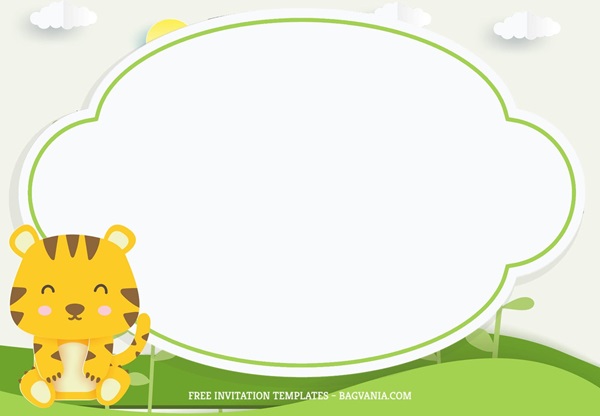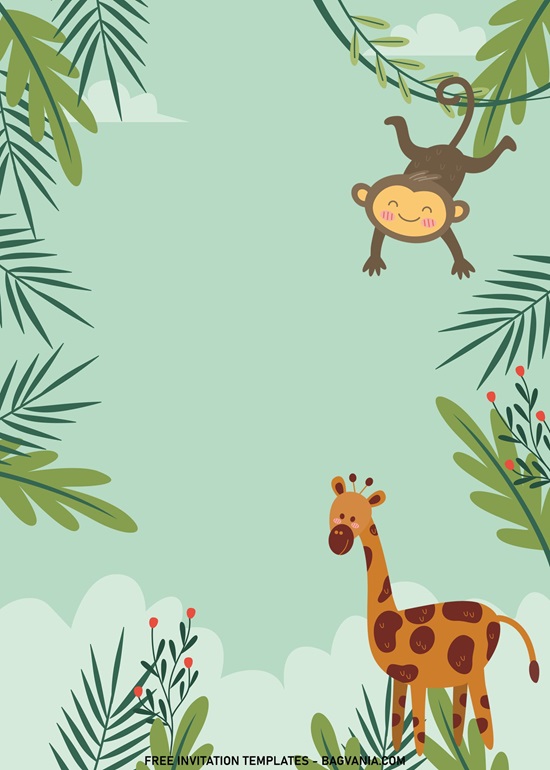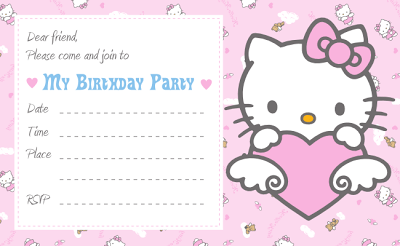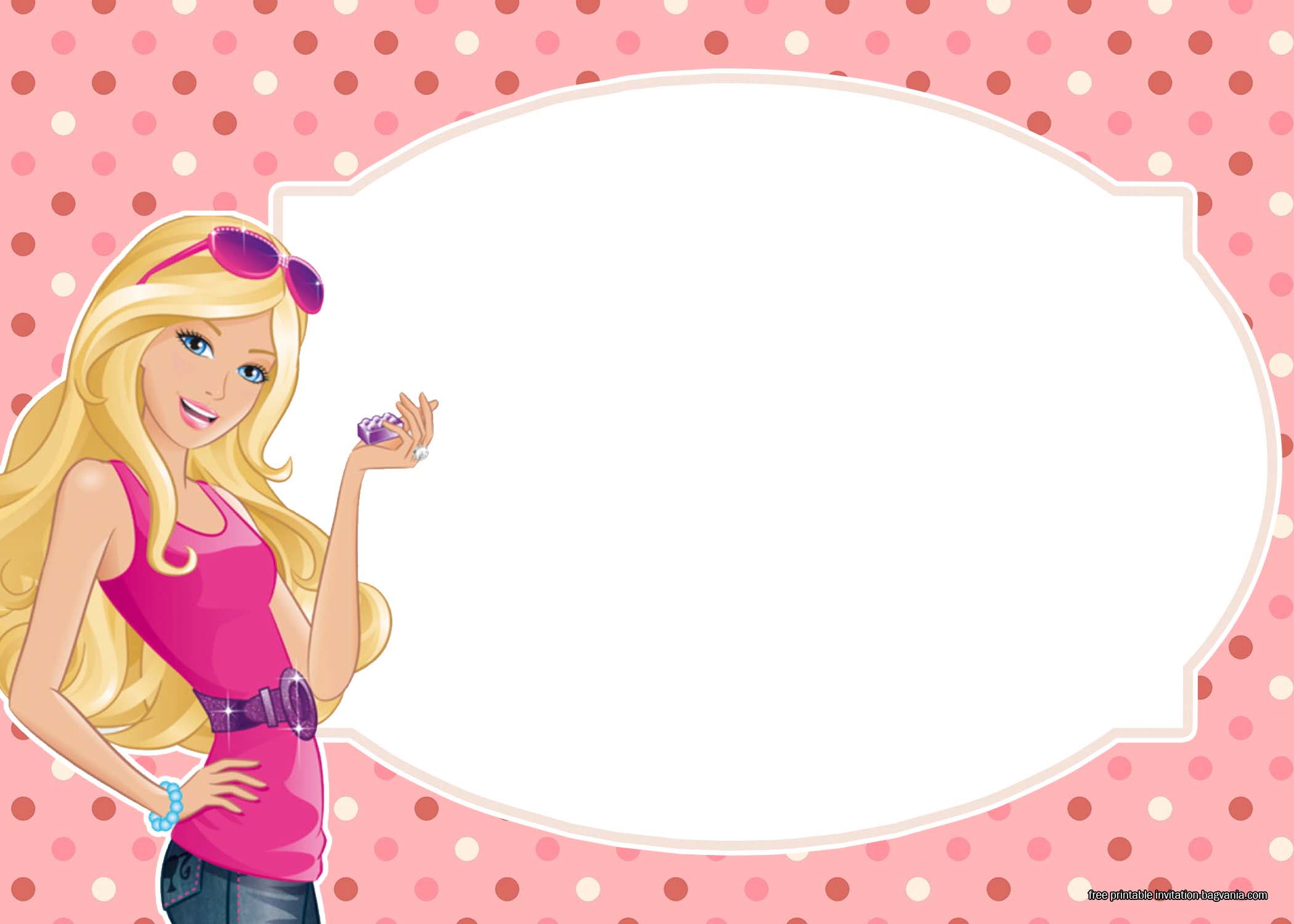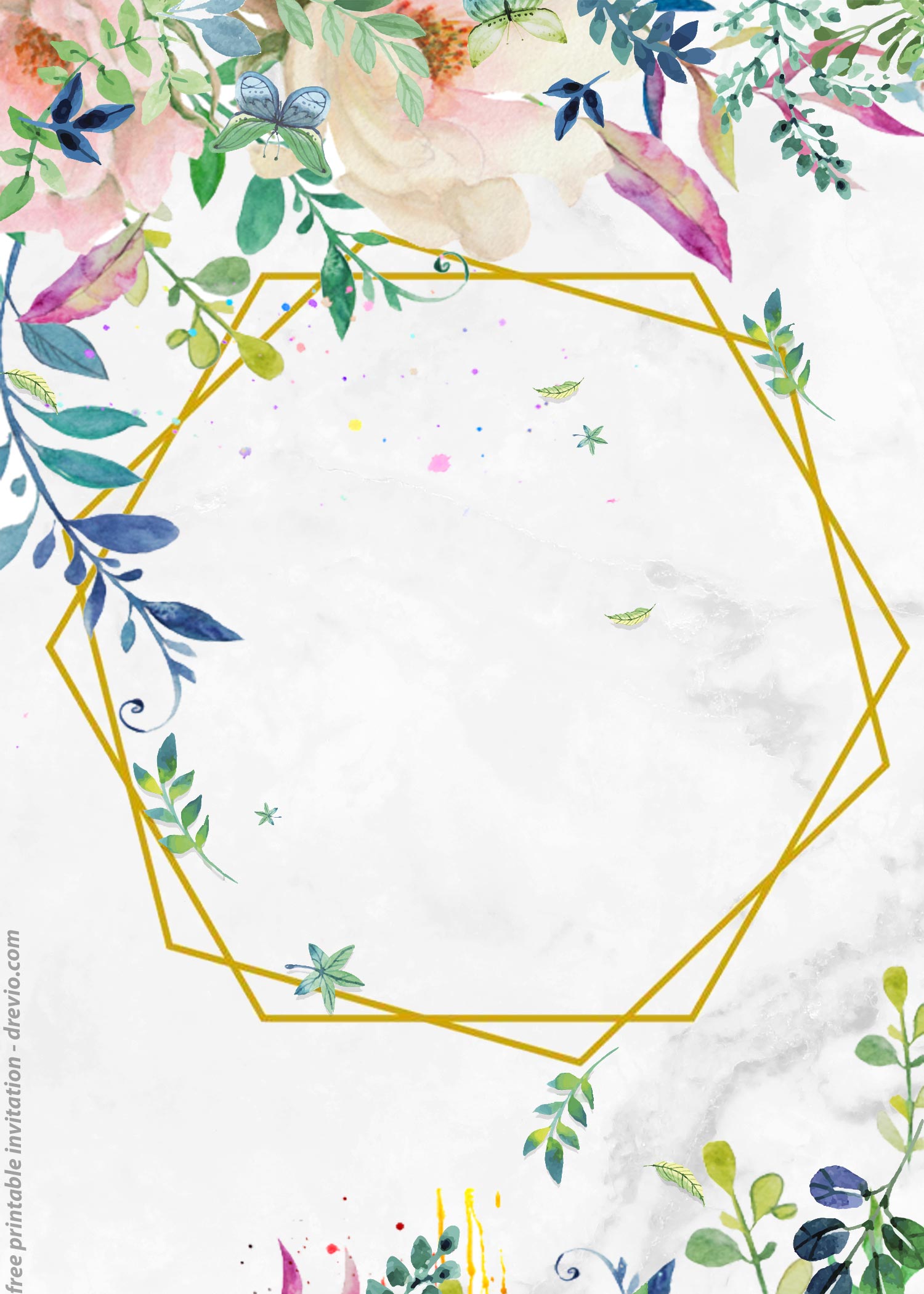Matching animals and their babies is a delightful and engaging activity that brings joy and learning together for children. This hands-on exercise not only sparks curiosity and wonder about the animal kingdom but also serves as a powerful tool for early education. Through this activity, children enhance their cognitive skills, improve memory, and develop an understanding of relationships and patterns in nature. It’s a fun way to introduce young learners to the concepts of family, caregiving, and diversity in the animal world while keeping them entertained. Perfect for classrooms, home learning, or playtime, this activity is both educational and enjoyable, making it a must-have addition to any child’s developmental journey.
In this article, we will go in depths about the benefits of this activity and point you to some amazing websites to get the necessary printable worksheets. If you are planning to add this animals and their babies activity in a group setting, such as party or playdate, we have some tips and free invitation templates for you at the end. So, let’s dive in!
Benefits of Matching Animals and Their Babies Activity
The “animals and their babies” activity offers a wide range of benefits for a child’s development. These combined benefits make the activity not only fun but also a valuable tool for a child’s overall development. Here are some key advantages:
Cognitive Development
Matching animals to their babies enhances a child’s cognitive abilities by encouraging memory recall and problem-solving. Identifying which baby belongs to which animal helps children practice making logical connections and reinforces their ability to retain and process information. This activity fosters critical thinking in a playful and engaging way, making learning feel like an adventure.
Language Development
This activity is a wonderful way to expand a child’s vocabulary and improve language skills. By learning the names of animals and their young—such as calf, cub, or chick—children naturally build a broader word bank. Discussing the animals and their characteristics also fosters conversational skills, helping children articulate thoughts and ideas more effectively.
Emotional Understanding
Introducing children to the concept of parent-offspring relationships through this activity nurtures their emotional understanding. It helps them grasp the ideas of caregiving and familial bonds, which can translate to increased empathy and appreciation for relationships in their own lives.
Awareness of Nature and Science
Matching animals to their babies sparks curiosity about the natural world. It teaches children about animal behavior, habitats, and the diversity of species, fostering an early appreciation for science. By exploring how different animals care for their young, children gain insights into the interconnectedness of life on Earth.
Fine Motor Skills
If the activity involves physical elements like cards or puzzles, it contributes to the development of fine motor skills. Picking up, holding, and matching pieces enhances hand-eye coordination and strengthens the small muscles in their hands, preparing them for tasks like writing or drawing.
Focus and Attention
Completing a matching activity requires concentration, helping children improve their focus and attention span. As they carefully observe the animals and their young to find the correct matches, they develop patience and a stronger ability to stay engaged in a task.
Social Skills
When done in a group setting, this activity becomes an opportunity for social learning. Children practice sharing, taking turns, and working together to complete the matching exercise. These collaborative moments help them develop teamwork and build positive social interactions.
Confidence and Independence
Successfully matching animals to their babies gives children a sense of accomplishment. This boost in confidence encourages them to tackle new challenges independently, fostering a love for learning and exploration.
Things to Prepare Before Getting Started
Before giving worksheets to children, there are a few things to prepare to help ensure that the activity runs smoothly. Here are three important things you should have ready before getting started:
1. Clear Instructions
Prepare simple and clear instructions that guide the children on how to complete the activity. This might include how to match animals to their babies, what to do if they need help, or any specific tasks they should focus on during the activity. Tailoring the language to their age group will ensure they understand the task without feeling overwhelmed.
2. Materials and Tools
Ensure you have all necessary materials ready, such as pencils, erasers, crayons, or markers if the worksheet involves coloring or writing. If the worksheet includes visual elements like pictures of animals and their babies, make sure the images are clear and age-appropriate. If you’re using manipulatives like flashcards, check that they’re printed and cut out for easy use.
3. A Comfortable Learning Environment
Set up a quiet, distraction-free space where children can focus on the activity. Arrange seating and workspaces in a way that encourages concentration and collaboration if you’re doing the activity in pairs or small groups. Having a well-organized space ensures that children can work without unnecessary interruptions, fostering a productive atmosphere.
Animals and Their Babies Activity Worksheets
There are so many amazing websites out there to get the perfect animals and their babies worksheet. But make sure that the worksheets that you use are the right ones for your child’s group age and developmental stage. Worksheets that are too challenging might be frustrating and if they are not challenging enough, the activity might be boring for them. Getting the right worksheets is the key to keeping your child interested and engaged in this activity.
You can always start with these worksheets from Clever Learner. The first worksheet involves cutting the name of the baby animal and pasting them to the correct pictures. Incorporating cutting and pasting is sure to keep toddlers or kindergarteners engaged in this activity. The second worksheet requires them to write down the different names of young animals. The adorable images surely helps them with the concept and at the same time keeping them interested.


If you are looking for something that incorporates different activities in one worksheet, then you should try this worksheet from Kindergarten Worksheets. The animals do not always look so much like their babies, and it provides a little added challenge. This worksheet will get your children to match animals and their babies through cutting and pasting as well as tracing the names of each animal for some writing practice.

Older children will enjoy this worksheet from Tutoring Hour as it contains more animals, and some of these animals might be those that they are not familiar with. Learning about new animals and their babies are going to be exciting for older children. With this worksheet, they just write the names, draw the baby animals or cut and paste them on the right spot. Let them get creative and have a lot of fun!

If you want to include even more animals in the worksheet, you should try these worksheets from Worksheets Pack. The worksheet requires your children to match 10 different animals and their babies. Worksheets Pack also have an animals and their babies worksheet with a twist of word scramble. Word scramble is such a fun way to learn about anything, it also helps children to practice their language, reading and logic skills.


A Fun Group Activity
In conclusion, the “animals and their babies” activity is not only a fun and engaging way to introduce children to the wonders of the animal kingdom, but it also offers valuable developmental benefits. From enhancing cognitive skills to fostering social interaction and emotional understanding, this activity helps children grow in multiple areas. Whether done individually, in small groups, or as part of a larger event, it encourages learning through play and strengthens essential skills.
If your children enjoy matching activities, there are also a few others that you can try. Head to 6 Fun Picture Matching Activity Worksheets and Shadow Matching: Fun Activity for Kids Ages 2 to 7 for more fun and educational activities like this. So, gather the materials, invite your little ones, and watch them enjoy a learning experience that is as entertaining as it is educational.

